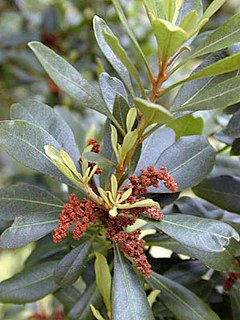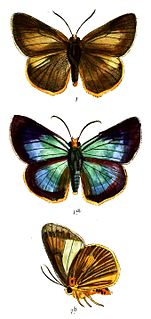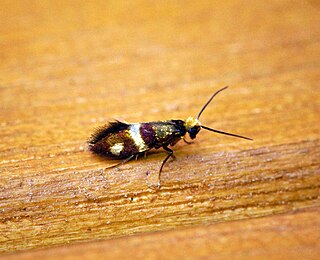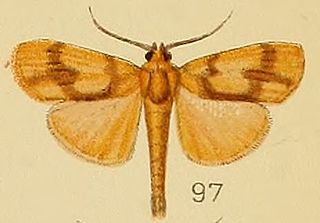| Noordodes magnificalis | |
|---|---|
| Scientific classification | |
| Kingdom: | Animalia |
| Phylum: | Arthropoda |
| Class: | Insecta |
| Order: | Lepidoptera |
| Family: | Crambidae |
| Genus: | Noordodes |
| Species: | N. magnificalis |
| Binomial name | |
| Noordodes magnificalis (Rothschild, 1916) | |
| Synonyms | |
| |
Noordodes magnificalis is a moth in the Crambidae family. It was described by Rothschild in 1916. It is found in Indonesia where it has been recorded from Irian Jaya. [1]

Moths comprise a group of insects related to butterflies, belonging to the order Lepidoptera. Most lepidopterans are moths, and there are thought to be approximately 160,000 species of moth, many of which have yet to be described. Most species of moth are nocturnal, but there are also crepuscular and diurnal species.

The Crambidae are the grass moth family of lepidopterans. They are variable in appearance, the nominal subfamily Crambinae taking up closely folded postures on grass stems where they are inconspicuous, while other subfamilies include brightly coloured and patterned insects which rest in wing-spread attitudes.

Lionel Walter Rothschild, 2nd Baron Rothschild, Baron de Rothschild,, was a British banker, politician, zoologist and scion of the Rothschild family. As a prominent Zionist leader, he was presented with the famous Balfour Declaration which pledged to a Jewish national home in Palestine. Rothschild was the President of the Board of Deputies of British Jews from 1925 to 1926.
The wingspan is 23–28 mm. The forewings are canary yellow, the coastal area and final margin broadly steel purple. There is a steel purple median blotch from below the cell to the inner margin. The hindwings are buff, but the basal part of the lower half is canary yellow with two broad streaks and a narrow terminal edge of steel purple. [2]
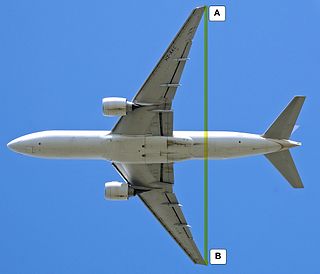
The wingspan of a bird or an airplane is the distance from one wingtip to the other wingtip. For example, the Boeing 777-200 has a wingspan of 60.93 metres, and a wandering albatross caught in 1965 had a wingspan of 3.63 metres, the official record for a living bird. The term wingspan, more technically extent, is also used for other winged animals such as pterosaurs, bats, insects, etc., and other fixed-wing aircraft such as ornithopters. In humans, the term wingspan also refers to the arm span, which is distance between the length from one end of an individual's arms to the other when raised parallel to the ground at shoulder height at a 90º angle. Former professional basketball player Manute Bol stands at 7 ft 7 in (2.31 m) and owns one of the largest wingspans at 8 ft 6 in (2.59 m).

